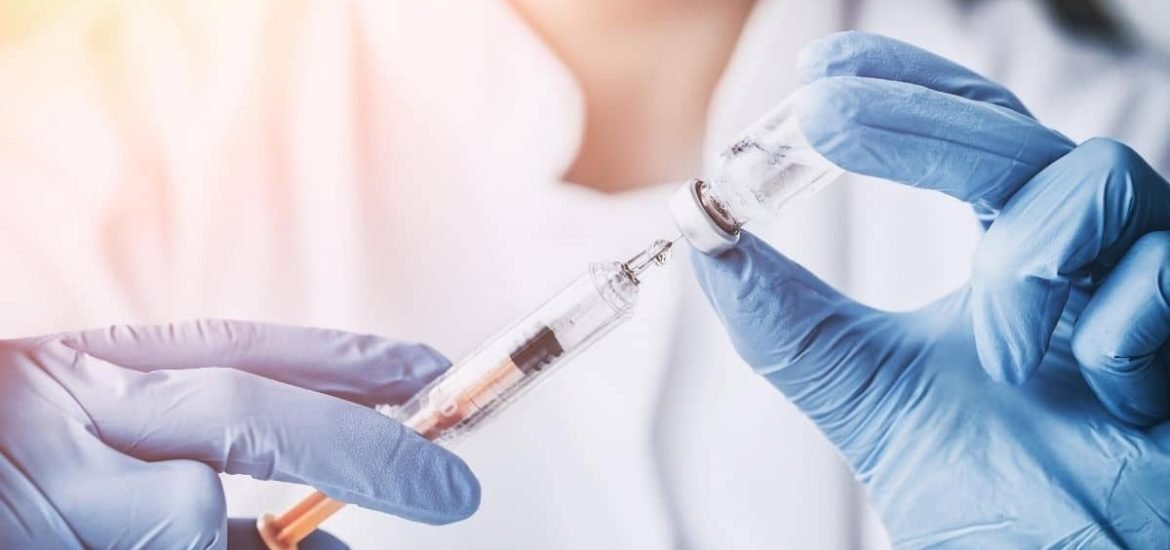
Scientists have been working at an incredible pace to develop vaccines against the novel coronavirus (Sars-CoV-2) that causes COVID-19. Promising data from Phase I and II trials of four vaccine candidates have been released over the past two weeks, raising hopes that a coronavirus vaccine might be not too far away.
Based on the new trial data, all four vaccines were shown to elicit some kind of an immune response, broadly similar to those of people who have been infected with the coronavirus, with only minor side effects.
The latest slew of results includes those released early last week by Moderna, a biotech company in Cambridge, Massachusetts (1). Their RNA-based vaccine contains instructions for cells to express the entire spike protein used by the coronavirus to infect human cells.
A similar vaccine candidate from BioNTech in Mainz, Germany and Pfizer, for which results were released earlier this week (although, the paper is not yet peer-reviewed), delivers RNA instructions for the ‘receptor binding domain’ portion of the spike protein (2).
Trial results for another vaccine being developed by the University of Oxford in collaboration with AstraZeneca were published on 20 July in The Lancet (3). The vaccine is based on a Chimpanzee-derived adenovirus that expresses the coronavirus spike protein. On the same day, Cansino Biologics in Tianjin, China released trial data on their vaccine, also published in The Lancet (4), which uses a modified human adenovirus.
Although the vaccine approaches are all slightly different, the four vaccines have one important thing in common, they induce various ‘neutralizing antibodies’ to defend cells against infectious particles – which is a good sign. In addition, most trial participants only experienced mild side effects, such as muscle pain, fevers and headaches, common to other vaccines. Thus, the early findings suggest the vaccines are safe and worth pursuing further.
However, the preliminary trials only focused on safety and dosing; therefore, it is difficult to predict whether any of them will be effective against the virus. The next step will be moving on to large clinical trials to test the efficacy (Phase III trials).
At a press briefing on Monday, Prof Sarah Gilbert, who is leading the Oxford vaccine effort, said: “The vaccine is inducing the kind of immune responses that we think are inducing protection against coronavirus”.
In other words, scientists don’t yet know whether the elicited immune responses will protect against future infection with the virus. Moreover, a combination of neutralizing antibodies and T-cell responses may be required to ward off the virus. T-cell responses are important immune responses that have been shown to play a key role in fighting natural coronavirus infections but are difficult to measure. Varying degrees of T-cell responses were detected in the trials.
Finally, once a vaccine does make the cut, can we produce enough of it? Perhaps the greatest challenge of all will be scaling up and delivering an effective vaccine for all of the world.
(1) Jackson, L.A. et al. An mRNA Vaccine against SARS-CoV-2 — Preliminary Report. The New England Journal of Medicine (2020). DOI: 10.1056/NEJMoa2022483
(2) Sahin, U. et al. Concurrent human antibody and TH1 type T-cell responses elicited by a COVID-19 RNA vaccine. medRxiv (2020). DOI: 10.1101/2020.07.17.20140533
(3) Folegatti, P.M. et al. Safety and immunogenicity of the ChAdOx1 nCoV-19 vaccine against SARS-CoV-2: a preliminary report of a phase 1/2, single-blind, randomised controlled trial. The Lancet (2020). DOI: 10.1016/S0140-6736(20)31604-4
(4) Zhu, F-C. et al. Immunogenicity and safety of a recombinant adenovirus type-5-vectored COVID-19 vaccine in healthy adults aged 18 years or older: a randomised, double-blind, placebo-controlled, phase 2 trial. The Lancet (2020). DOI: 10.1016/S0140-6736(20)31605-6